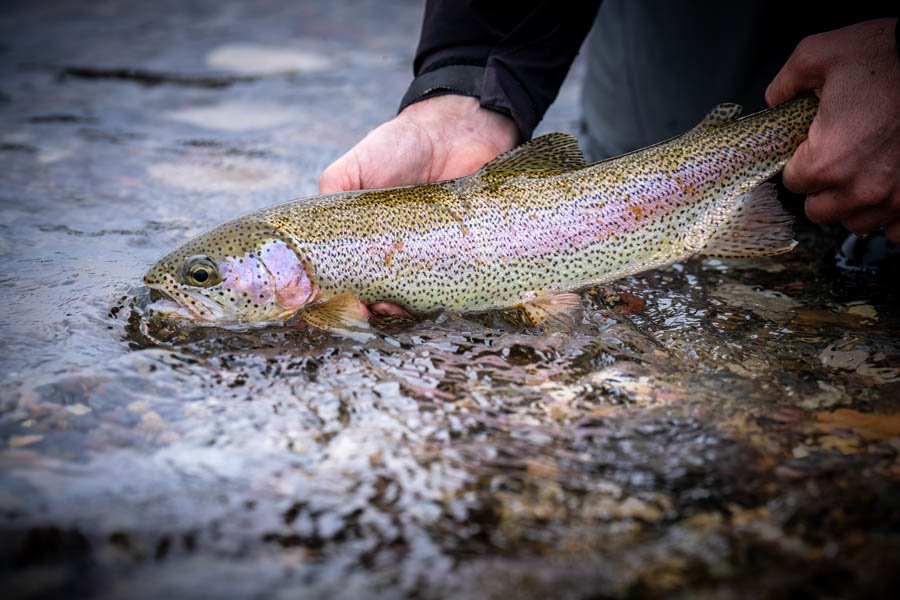
Winter time fly fishing on the Missouri River can be quite good...it can also be very windy....which it has been lately! The forecast for the next few days is for a mix of warm, cold, and of course, wind. So....if you do plan to fish the Missouri River this weekend, be prepared for a little bit of everything from the weather department. The upper Missouri River (above Canyon Ferry) is slowing down but the world-famous section around Craig is a good winter bet. Our Missouri Cliffs Lodge is closed for the season, but that doesn't mean the Missouri River near Helena and Great Falls isn't worth fishing. Floating is an option even in the winter, but plan a short float and try to find some slower seams that will hold fish. It is mostly a nymphing game on the Missouri River and the normal Missouri River standards of scuds, sow bugs, and smaller midge larvae or baetis nymphs will produce. Just make sure you find what water the fish are holding in as they won't be uniformly spread out this time of year. Some dry fly action over midge hatches can also be a lot of fun in the late afternoon.
The Month Ahead:
The Mo should produce all winter. Later winter will see some decent midge hatches and a chance for dry fly fishing. Wind can be an issue in the winter but the trout should still be feeding in the afternoon hours on a daily basis.
Where to Find Trout on the Missouri:
The Missouri below the dam at Wolf Creek is a good winter fishery. Nymphing the slower seams will be the staple until the stronger midge hatches arrive in the later winter and early spring.
Long Term Missouri River Forecast
The Missouri near Craig can produce some good winter wade fishing but it is a big and windy river to float in the winter months. Standard fair like a pink sow bug trailed by a midge larva is a good option.
Looking for More Great Content?

